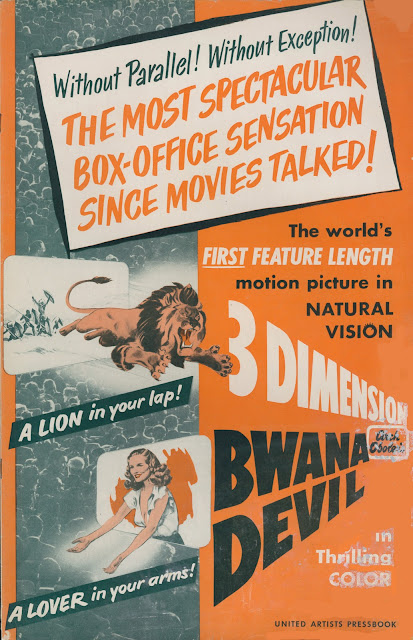Getting Ready for Winter Edition - Outdoor Hour Challenge Blog Carnival
December World
- Tricia gets us going with the first entry of the carnival, When A Millipede Interrupts Math. This entry so beautifully illustrates how being flexible and following interest lead to some wonderful nature study.
- Amanda from A Thousand Words has put together the account of their outing - Winter Color: Lost and Found. Wow...love this entry! They found a lot of beautiful winter images to share and their smiles too!
- Angie from Petra School has submitted their Ready for Winter entry which combines the December World and Preparation for Winter challenges. I commented to her that there are just too many great things about this entry to even list them all. I encourage you to click over and read about their Oregon Coast style nature study. Angie also shares their Winter Color Walk and hopes it isn't cheating to include this fabulous place. I really enjoyed it and you will too!
- December Nature Study in Flip-Flops! Amy writes about their unseasonably warm nature study as part of their December challenge. She shares their birds and a beautiful moth for carnival readers. She also has this entry to share Enjoying God's Creation. Thanks Amy.
- Ann from Harvest Moon By Hand shares their Go On A Nature Walk entry with carnival readers. They had snow for this day's excursion...so very pretty.
- Tricia was able to squeeze in some outdoor time this past week with her children. Read about it in their On a Sunny December Day entry to see blooming flowers, bees, lizards, and more.
- This one really belongs down in the Potpourri section but I don't want you to miss it. Julie from Homeschool Balancing Act shares a mother's story worth reading: Brushing Off the Holidays and Getting Back to Nature. Thanks Julie.
- Janet from Across the Page submits this end of the year nature walk entry with some wonderful images and thoughts: Tree Tales, Muted Colored, Birds and Musings.
| Photo Credit: Amanda at A Thousand Words |
- Zonnah shares their Evergreen Investigation entry as part of the evergreen challenge posted last week. She shows us a great example of how to make nature study a family affair, even when someone is at first unwilling. She also includes some lovely images of cone scales.
- Jenny Anne from Royal Little Lambs writes the story of their evergreen study. They were able to observe a pine tree up close and conclude with journal entries.
- Shirley Anne from Under the English Sky sent in their Evergreens study for the carnival. It is sure fun to see their English countryside and winter evergreens.
- Amanda writes about their Preparation for Winter nature study time. Funny squirrels and beautiful birds...quail some of my favorites. Awesome images.
- Rachel from All Things Bright and Beautiful submits their Insects! in December entry as part of this carnival. They used a field guide to give them some ideas of where to look for their insects preparing for winter. Great job!
- Diana writes about their Preparation for Winter study in their neighborhood. Their family found some signs of winter coming and some extras too.
- Barbara from A Wildflower Morning has put together a very nice entry sharing their Milbert's Tortoiseshells in Winter.... read how this butterfly survives the cold winter as an adult. Wonderful!
Potpourri
- Denise from Grace and Truth has entered their Seasonal Tree 2011 Study entry. What a visual treat! They picked a California Sycamore and a Queen Anne Palm tree for their tree work. She shares their year-long tree work with wonderful images of their trees and journals.
- Janet from Across the Page has submitted a fantastic entry about their local water habitat, A Bit About Beavers. You will enjoy the images and information about their beavers and muskrats. Great pictorial of their beaver's handiwork.
- Nicole at One Hook Wonder shares their Osage Oranges entry with carnival readers. They did a very child-friendly study of a topic not covered in the Handbook of Nature Study. They also did a Palm Tree study while on a trip, making some very good observations! Okay, now how about some alligators...well the hope of alligators anyway? You can read about their alligator adventure on her blog One Hook Wonder. One last entry to share their Beaver study. Awesome beaver observing spot!
- Angie from Petra School has written up their Maple Hunt adventure, the one where she is humbled and we all get to enjoy her beautiful photos. Excellent.
- Bethany from Little Homeschool Blessings gives carnival readers their Rainbow Scarab AKA Dung Beetle entry to view and read. She sets a very good example for the rest of us by digging a little deeper and uses What's That Bug? to figure out the insects identity.
- Robin from Harris Homeschool shares their Bird Count entry....comparing visitors to their suet feeder and their sunflower seed feeder. What a simple and fun idea!
- Anne has shared four wonderful winter related nature study entries with carnival readers: Weather Experiments-Thermometer and Hygrometer, Frost and Snowflakes, Lights and Constellations, and Make Treats for Birds.
The winner of the December Giveaway (chosen by Random.Org) is Nicole from One Hook Wonder! She will receive a copy of my soon to be released More Nature Study Book 2 Winter Wonder! Thank you to everyone who made an entry to this edition of the Outdoor Hour Challenge Blog Carnival.
See you all next month! Remember that January's Newsletter link will be for subscribers of the blog only. You will need to subscribe by entering your email address in the subscription box on the sidebar of the blog.























